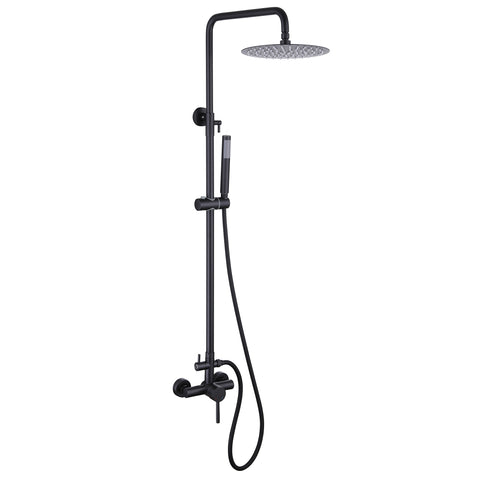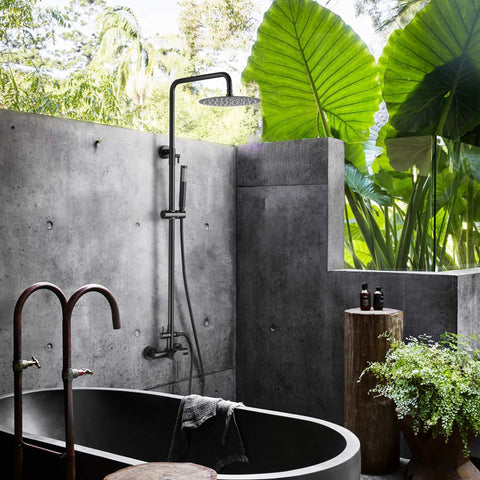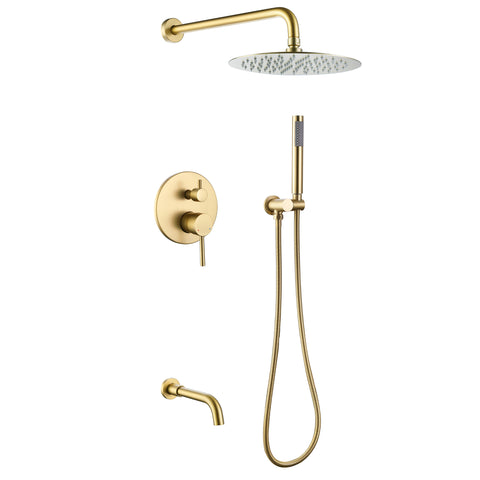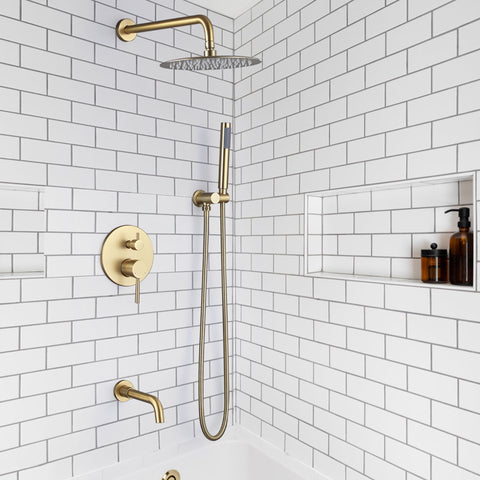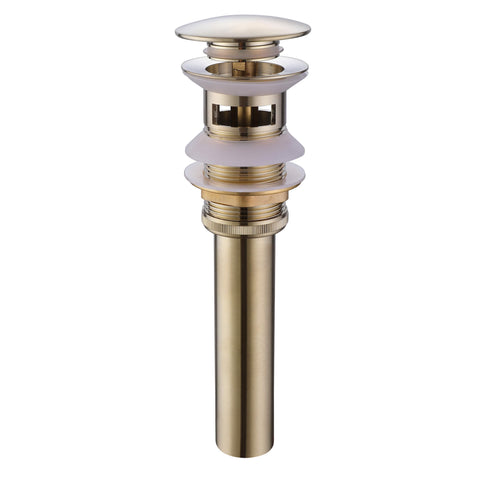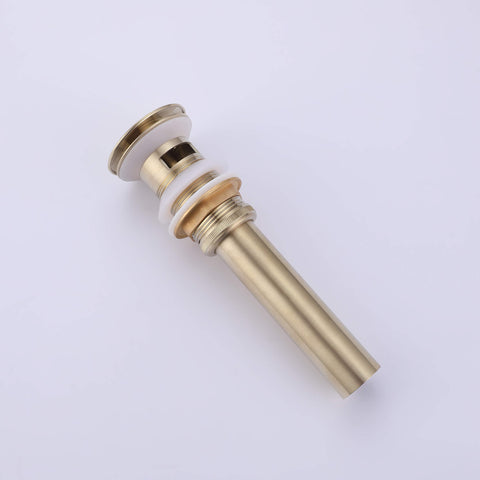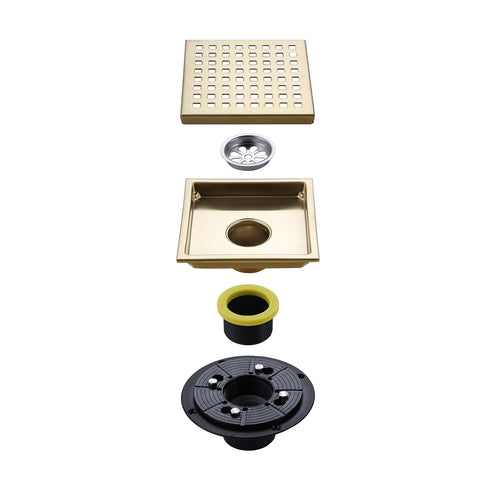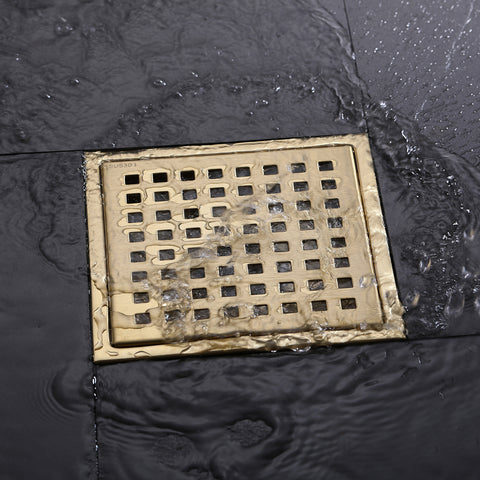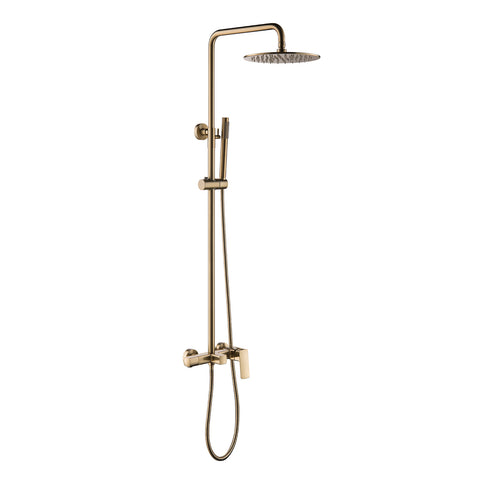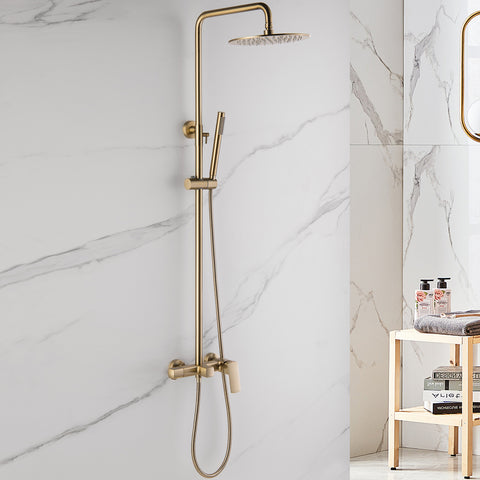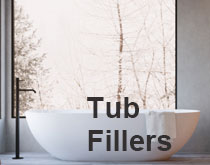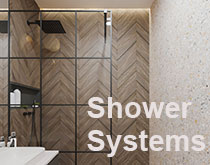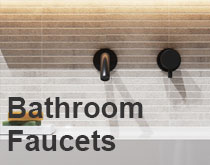How to Diagnose and Fix Low Water Pressure from Your Faucet
If the water in your home comes out of the tap with too little pressure, there can be various reasons. We will work with you to look for the cause.

1. Insufficient Supply Pressure
Water suppliers must provide adequate pressure (usually 3–6 bar) so that every apartment can be properly supplied. If you think the pressure is too low in your home, contact your local water company. Construction work or temporary issues with pumping stations can sometimes cause low supply pressure, but this is rare.
2. Clogged Filter at the Hose Connection
Water from the utility passes through your main meter and fine filter, which catch particles like sand or lime stirred up during construction or maintenance. If these filters are clogged, water pressure can drop significantly. As a homeowner, you’re responsible for maintaining and replacing these filters beyond the main meter.
3. Clogged Fittings/Aerators
Low pressure at individual faucets often results from calcified or dirty aerators. If you see small white solids (likely limescale) coming out, remove the aerator with pliers (wrap it in tape to protect it) and soak it in vinegar to dissolve deposits. After cleaning, perform a pulse flush by turning the faucet on abruptly to clear any remaining debris from the lines.
4. Calcified Corner Valves
Angle valves under sinks can also clog with lime. If they’re blocked, clean or replace them. Always turn off the water before working on these valves!
5. Clogged or Damaged Lines
Older pipes or those exposed to hard water may become clogged over time. A professional plumber can clean pipes with sandblasting techniques and inspect them endoscopically. If the pipes are damaged or corroded, replacement is necessary to restore normal water pressure.
Low water pressure can be a nuisance, but by checking these common causes, you can quickly identify and solve the problem. For complex issues, don’t hesitate to seek professional help to avoid further damage or water wastage.
